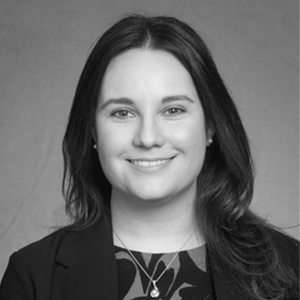The United States Food and Drug Administration (FDA) announced for the first time that it recognized a foreign food safety system as comparable. On December 10, 2012, FDA and the New Zealand Ministry for Primary Industries signed an agreement recognizing each other’s food safety systems as comparable to each other.
FDA’s agreement with New Zealand comes after reviewing their food safety regulatory system and determining that it provides a similar set of protections to that of the FDA. FDA, using the draft International Comparability Assessment Tool (ICAT), reviewed New Zealand’s relevant laws and regulations, inspection programs, response to food-related illness and outbreaks, compliance and enforcement and laboratory support.[1]
FDA and New Zealand’s system recognition process is part of many measures FDA has passed to ensure the safety of foods sold in the United States. Last year, the United States Congress passed the Food Safety Modernization Act (FSMA), which was the largest update to U.S. food safety laws since the passage of the Federal Food, Drug, and Cosmetic Act in 1938. FDA’s agreement with New Zealand references FSMA as a source of preventative approaches both countries would take in regards to food safety.
FSMA requires FDA to conduct almost 40,000 foreign inspections in the next four years, and at least 19,200 foreign inspections each year after that. Complying with that legal requirement will strain FDA’s resources severely.
One idea for complying with the legal requirement to conduct so many inspections would be for FDA to “adopt” the results of inspections by governmental authorities in countries with “comparable food safety systems.” For example, if New Zealand inspected a facility and shared the results with FDA, FDA might deem the New Zealand inspection results to be as if the inspection had been conducted by FDA itself.
Even with the agreement, “both countries retain the right to conduct inspections of each other’s products as appropriate. But assured about each other’s competency and commitment, both are more likely to focus their resources on higher risks.”[2]








